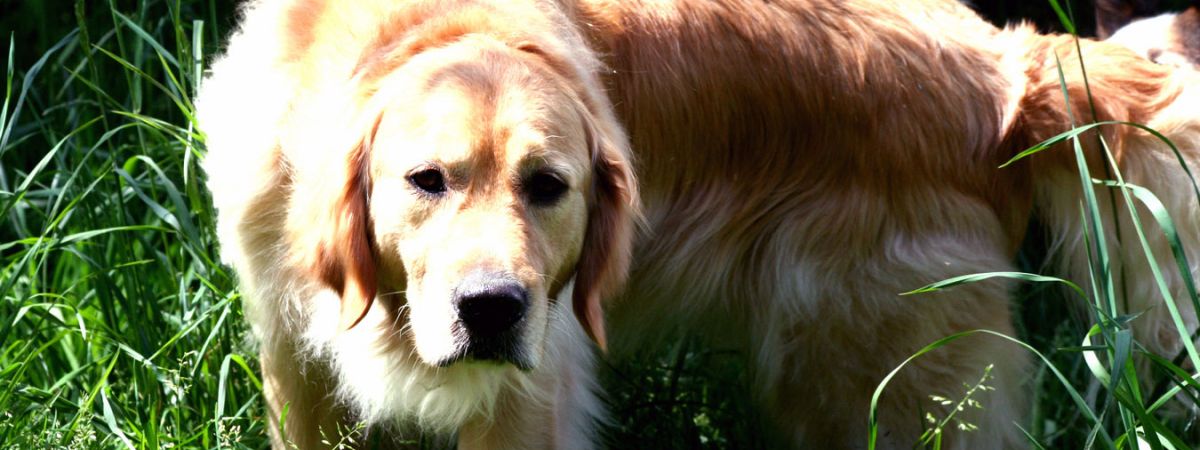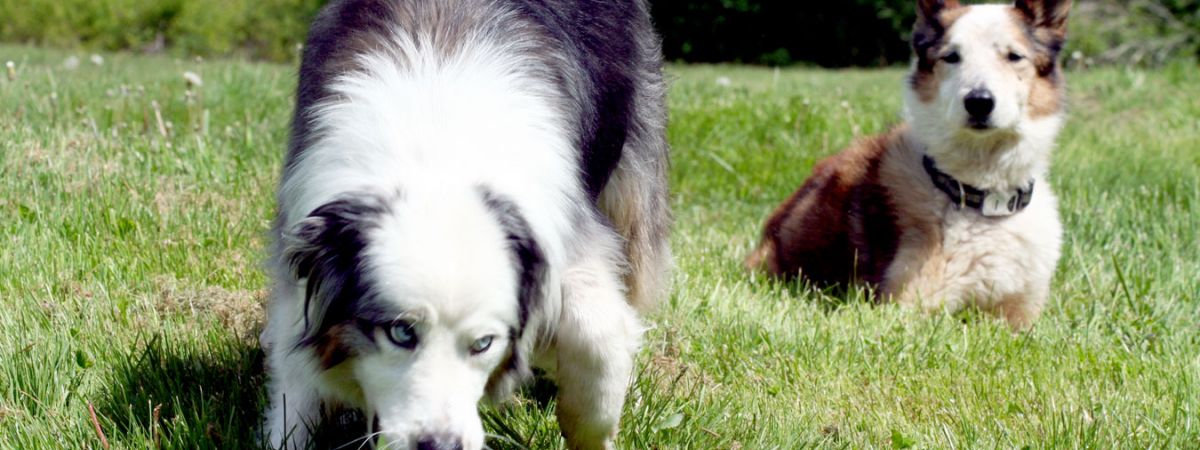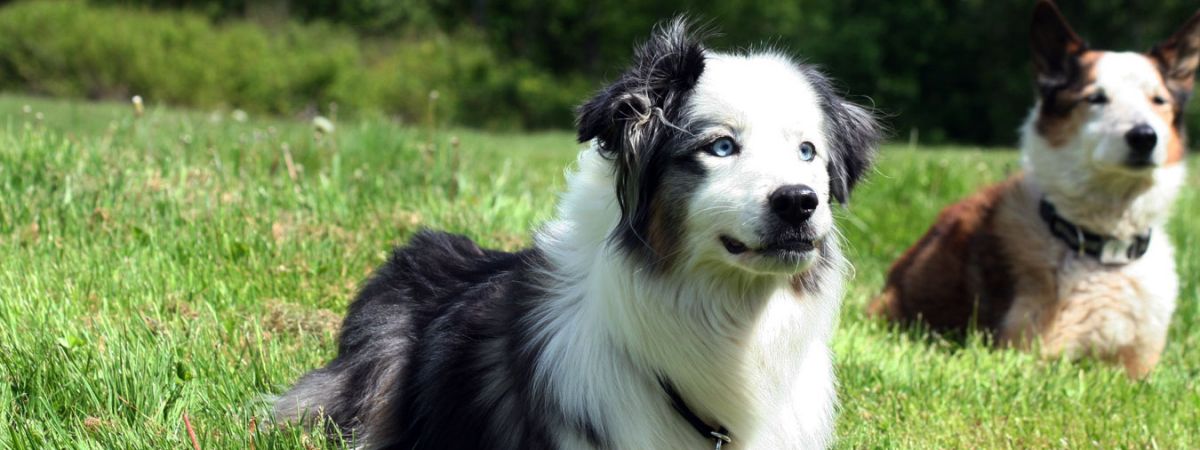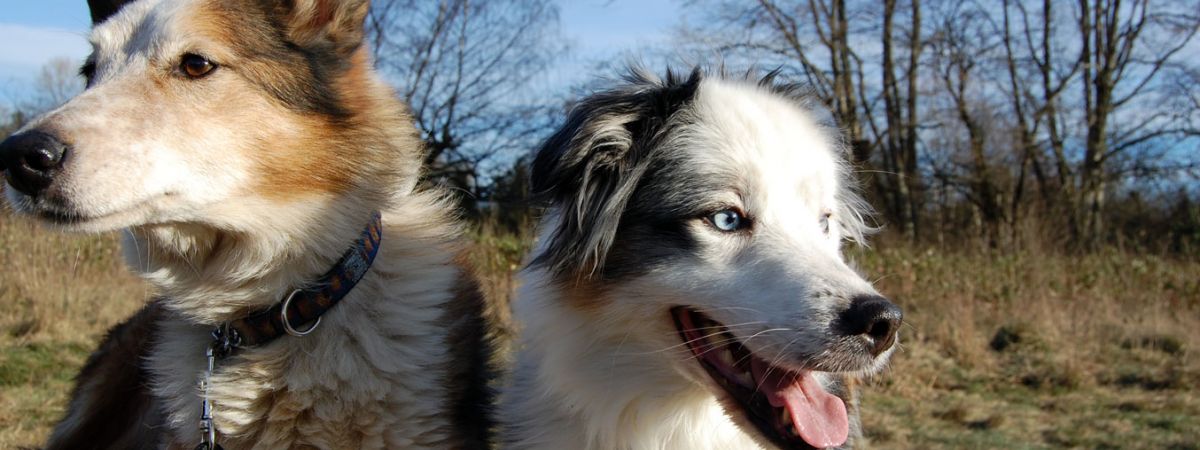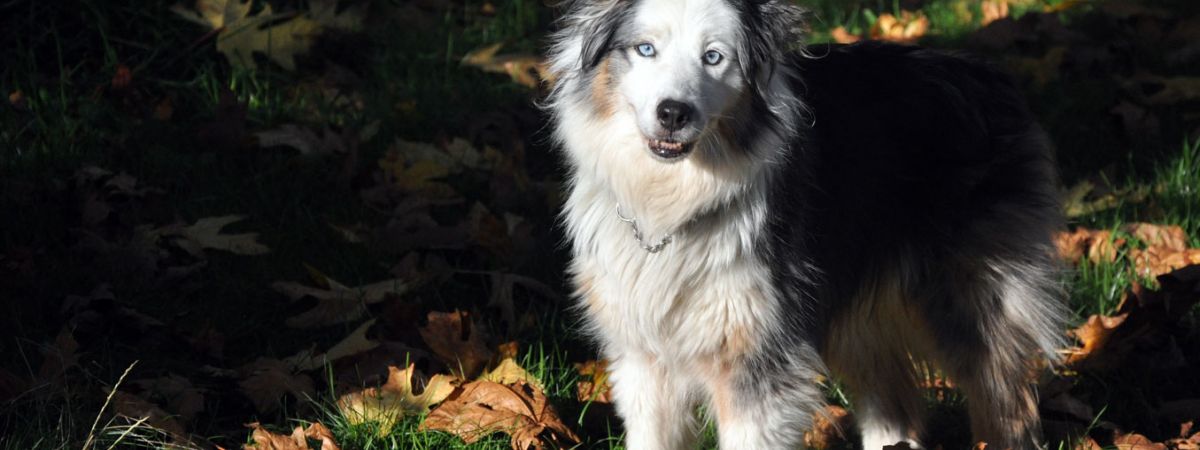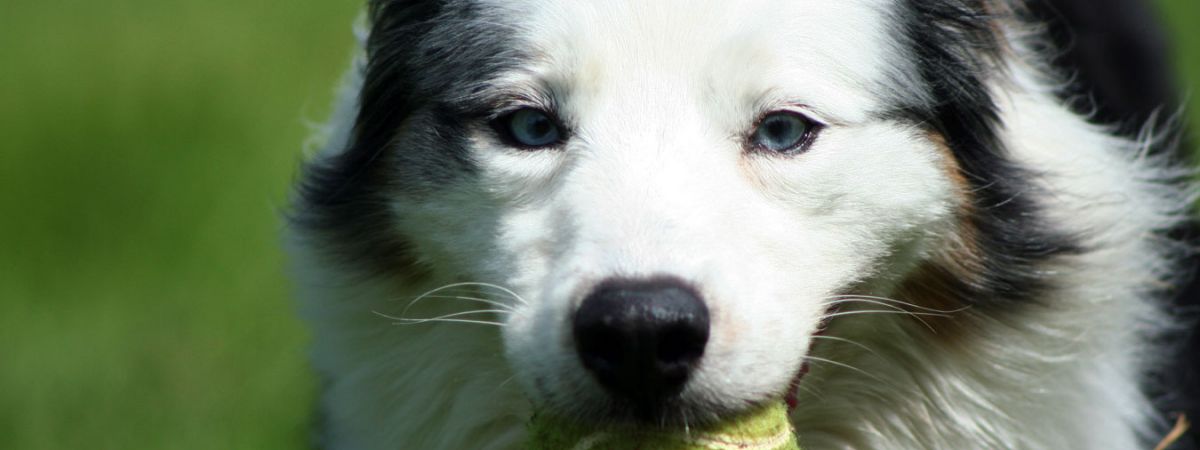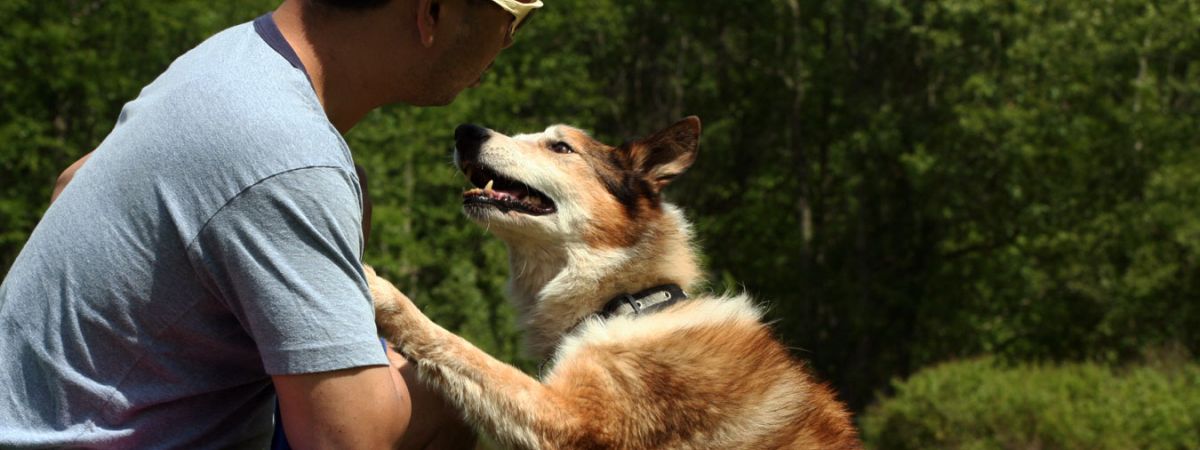Teaching Dogs to Use a Designated Bathroom Area
Many gardeners are also avid pet lovers. A common dilemma is keeping lawns in tip-top shape in spite of the family dog! Land mines are definitely not a virtue when it comes to your landscape, but there are steps you can take to enjoy both your pet and your property.
When nature calls no doubt dogs will answer, but with a little effort you can train your dog or puppy to use a designated area. Begin by choosing a corner of your yard which affords your dog some privacy but is not a main thoroughfare. Define the area so your dog knows the difference between inside and outside the section. This can be easily accomplished by using a short wire garden border. The idea is not to fence your dog in, but simply to provide a boundary line.
The next step is personally leash walking your dog or puppy to the area every single time he enters the yard. Follow the same path from your door to the spot, and act like you’re there with a purpose. Use a phrase such as “Do your business”. When your dog eliminates in the section, praise lavishly and then allow free play. This will be more easily accomplished if you adhere to a feeding and watering schedule rather than leaving food available at all times. If your dog eats a meal at 6PM, chances are he’ll use the area by 7.
Another important aspect is obedience training. The more you work on basic commands, the more your dog will respect you and the yard rules. Spaying/neutering is important for many reasons, but regarding designated area training, it can vastly reduce the urge to "mark" on every bush.
Never correct your dog if he eliminates in another part of the yard. You could end up with a dog who withholds in your presence and ends up having accidents in the house! Remember, it is still outdoors and you can sharpen things up over time.
After only a few days of walking your dog to the area, he will start to lead you there! Soon, you can start to leave your dog off-leash but accompany him to the section. Then, gradually reduce your presence by only walking part of the way but make sure he uses the spot.
With true diligence, most dogs will use the area independently within 6 weeks. Be sure to keep it clean at all times, and provide some supervision on a regular basis so he doesn’t regress. Now, if only you could teach him to mow the lawn!

